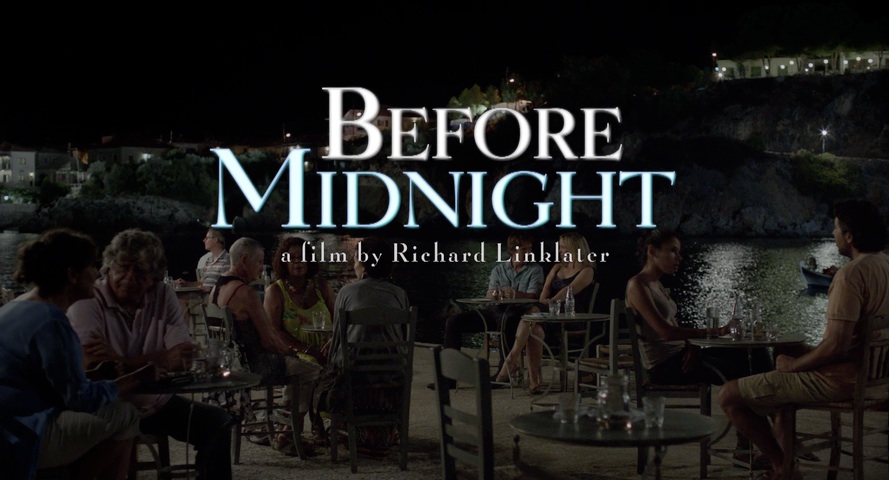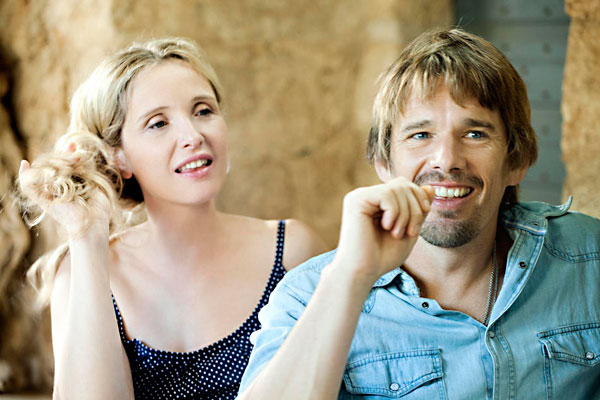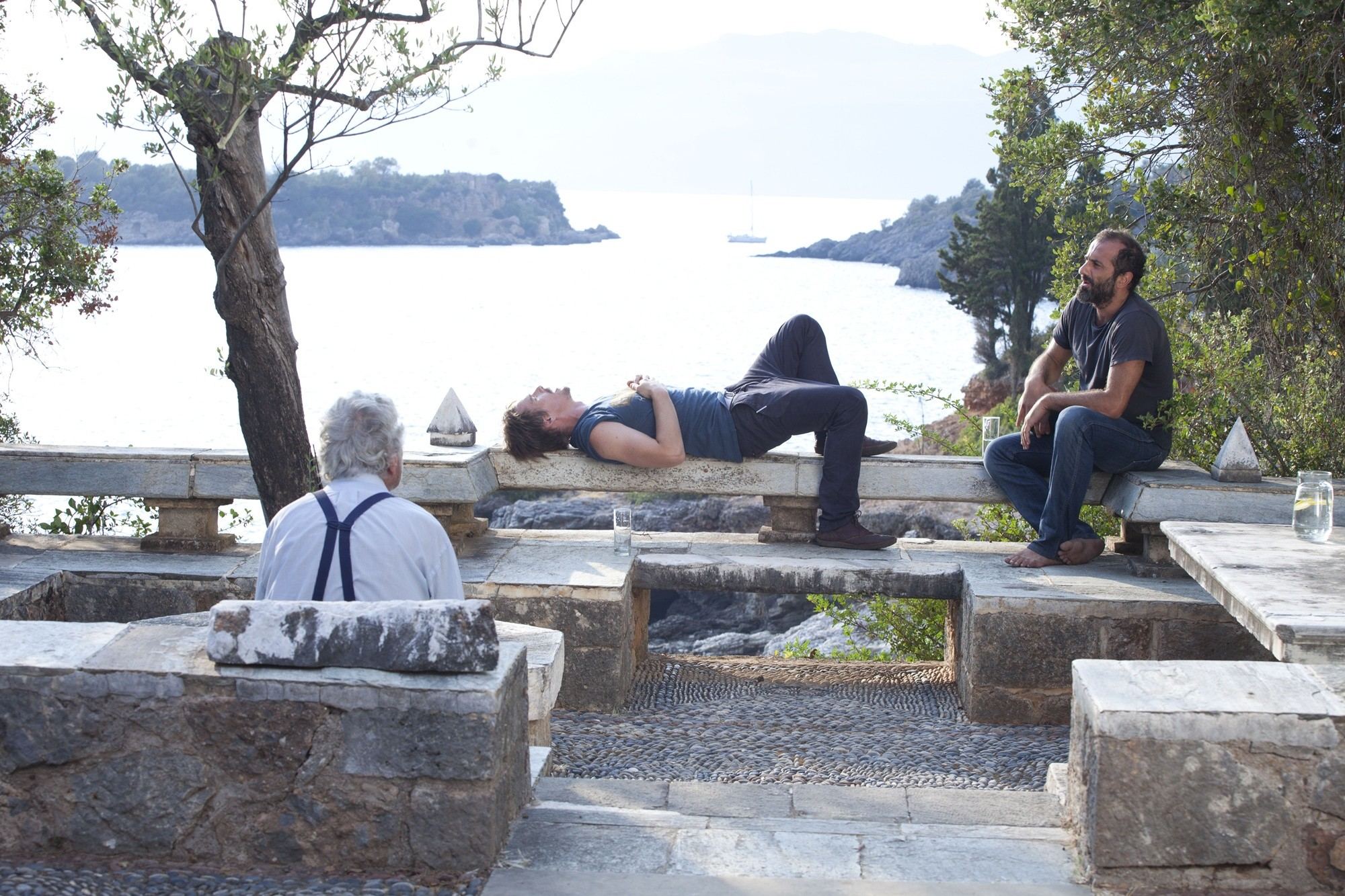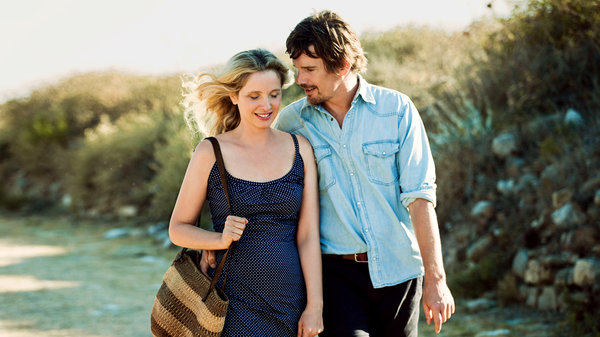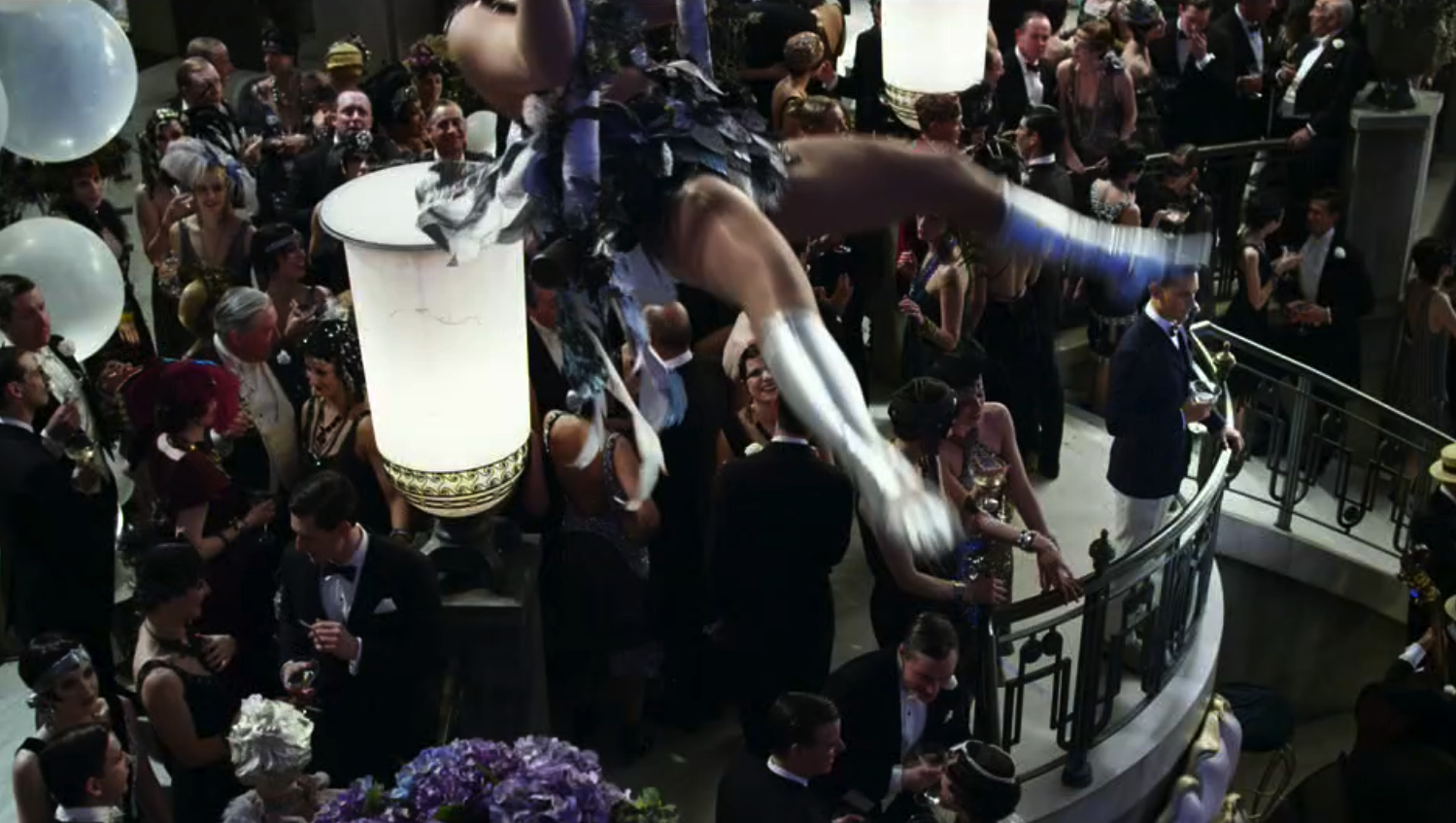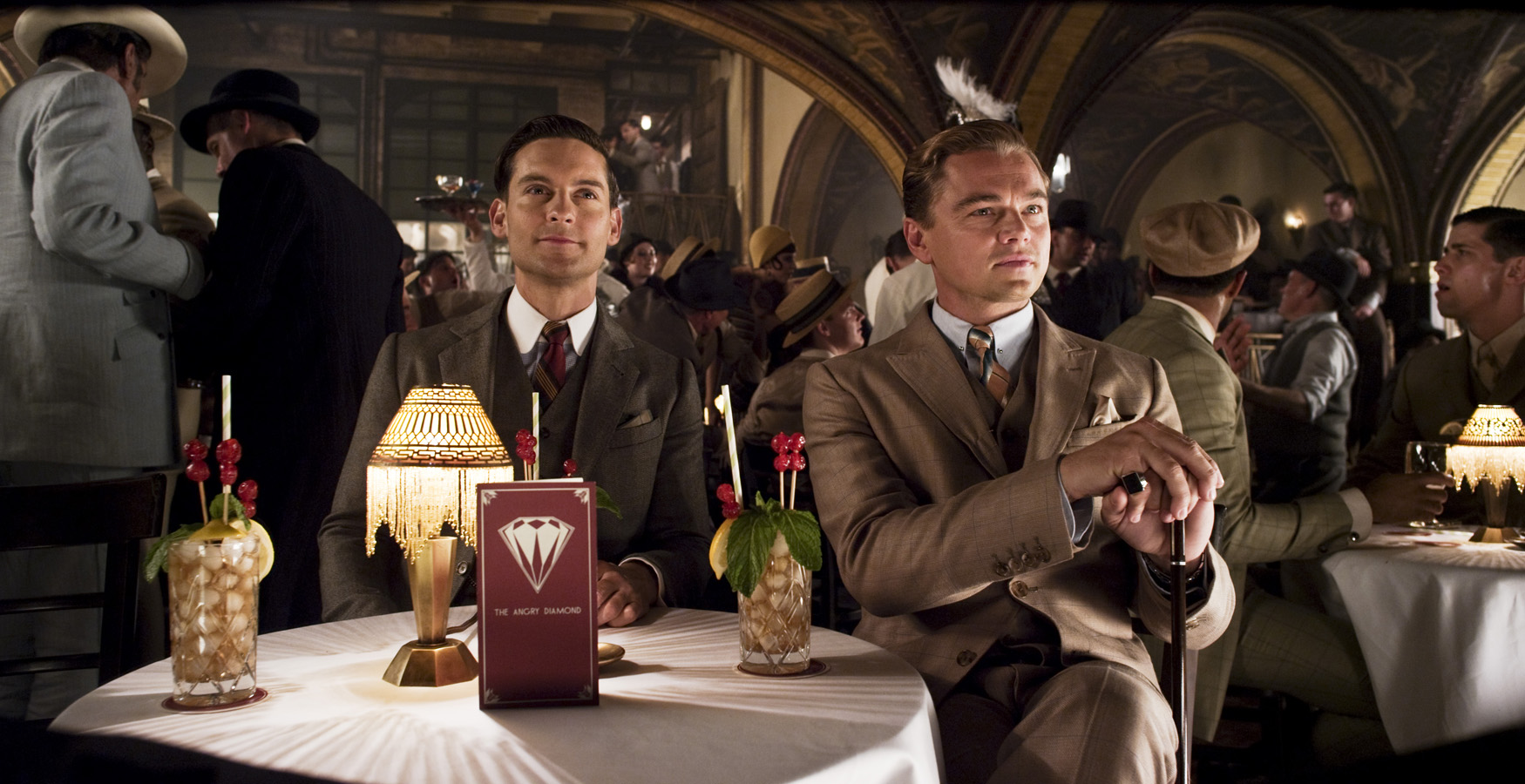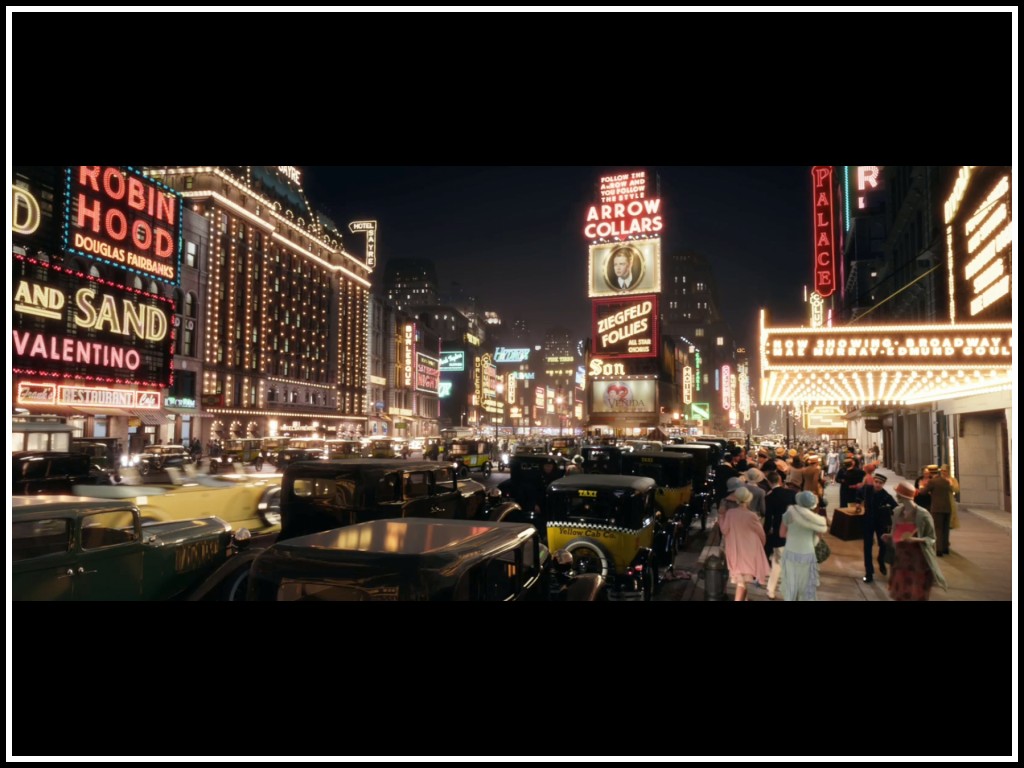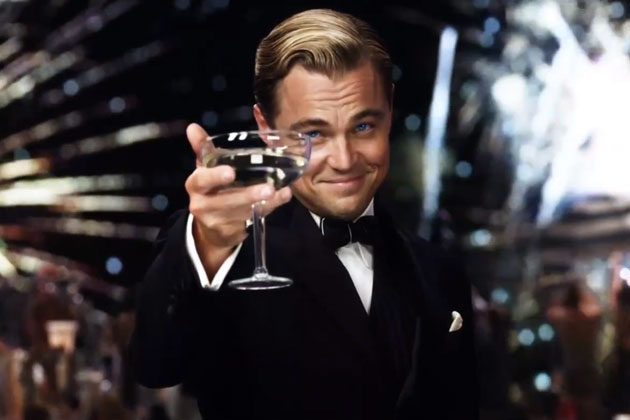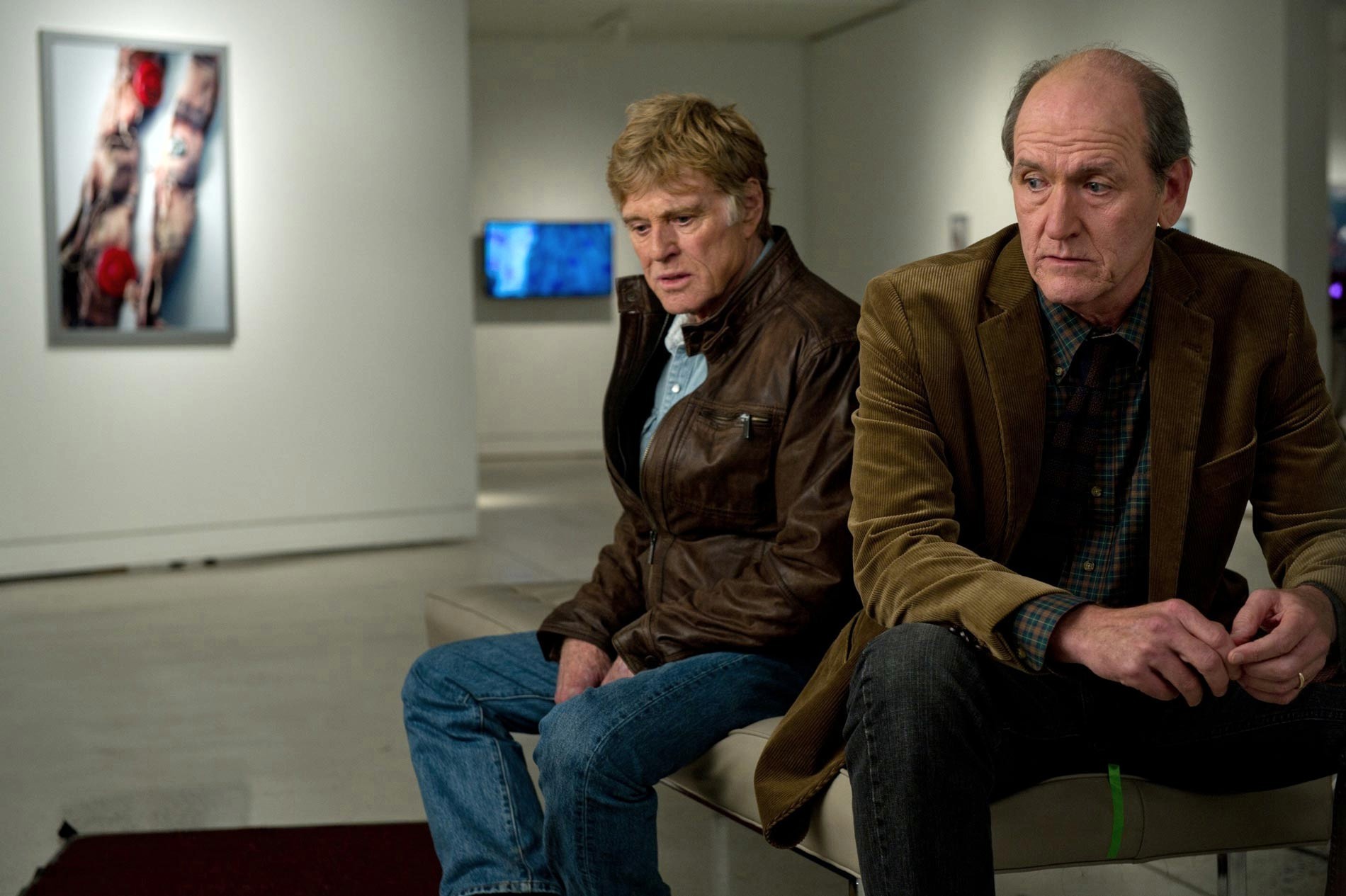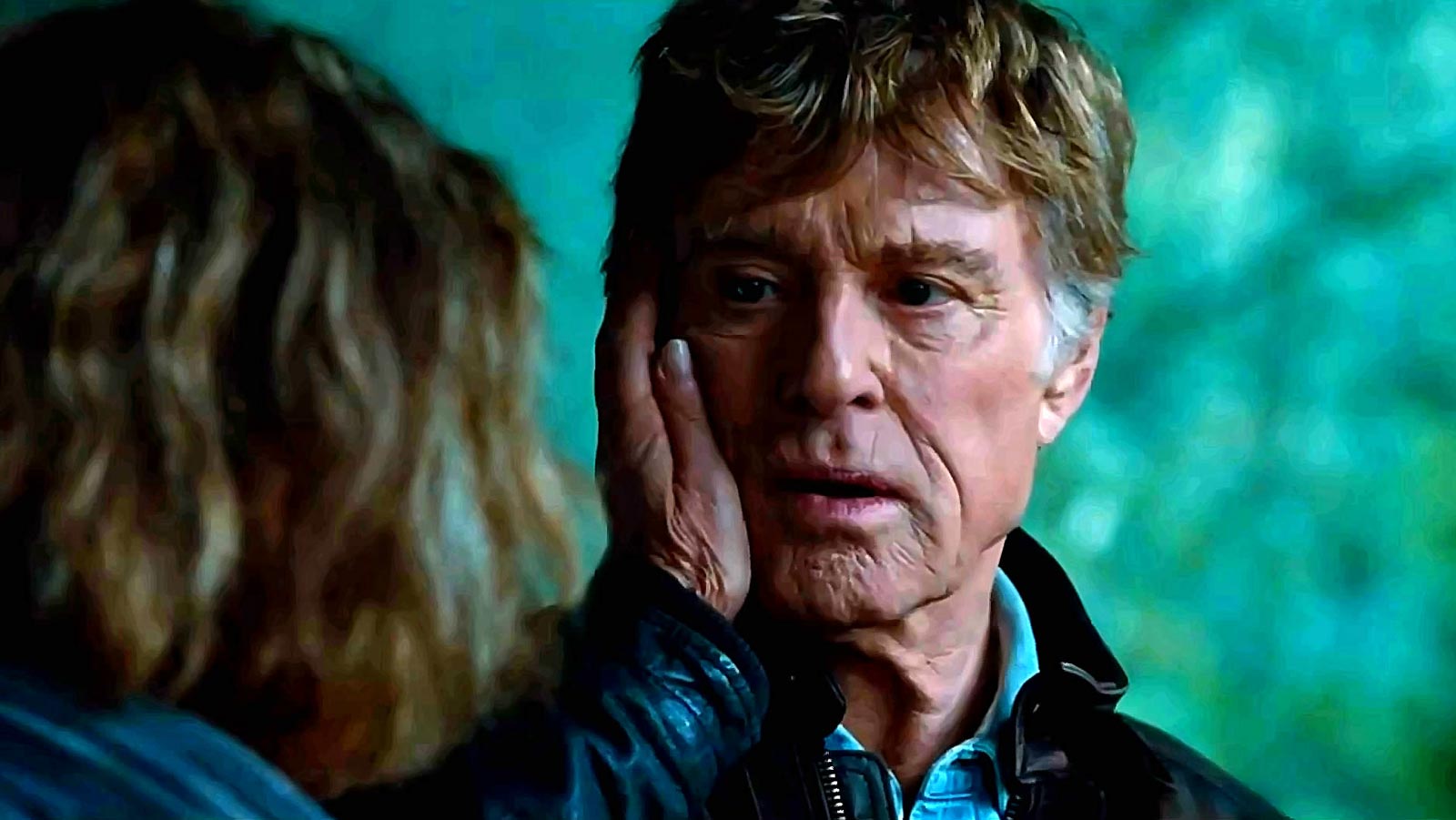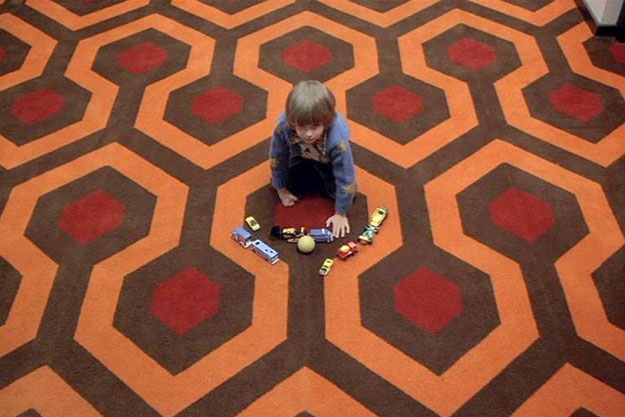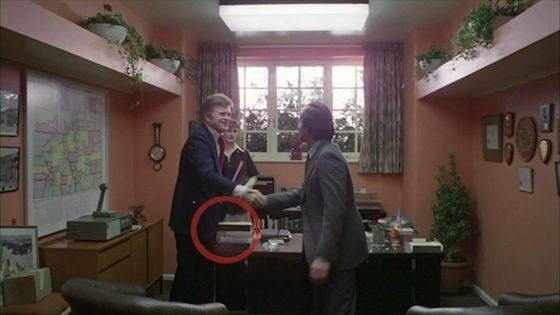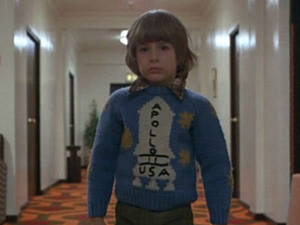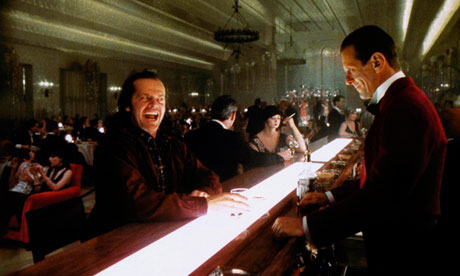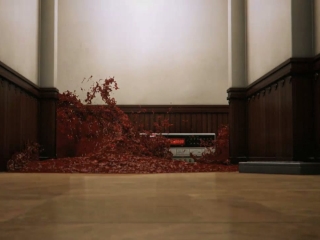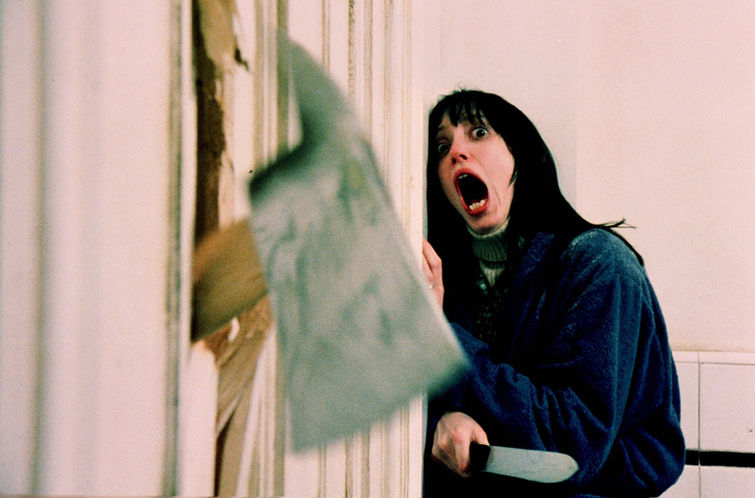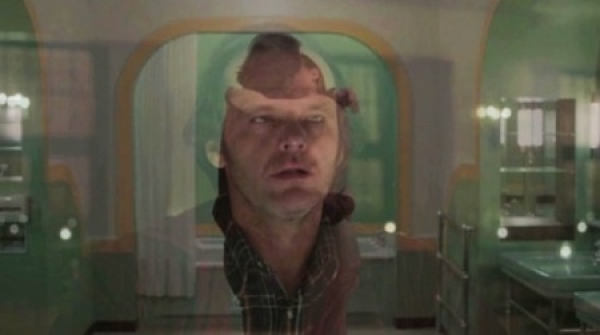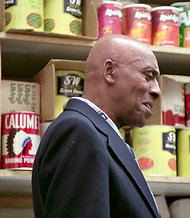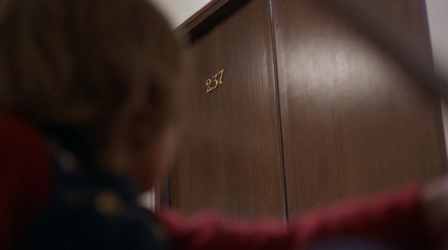Much Ado About Nothing
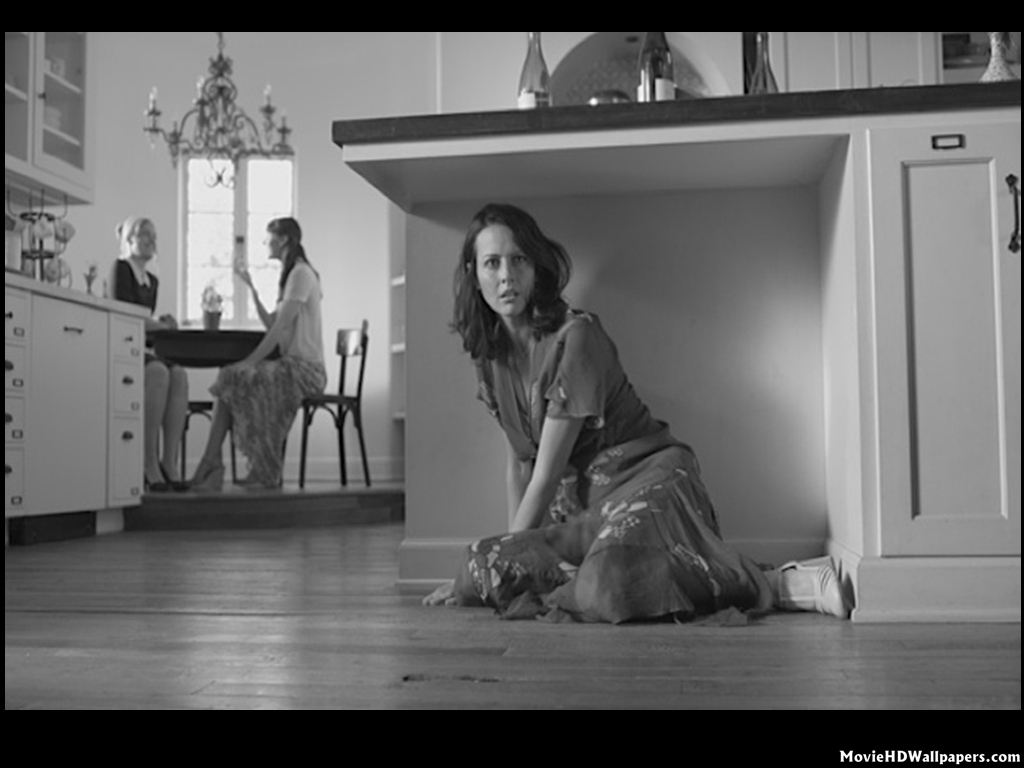
Back when Joss Whedon's "Buffy the Vampire Slayer" was on TV and I was a big fan, I remember reading about how Whedon would throw parties where the cast would come round and they would drink wine and perform Shakespeare for their own amusement. Watching his enchanted staging of Shakespeare's fin-du-siecle (1599) screwball comedy, "Much Ado About Nothing," is a bit like being at one of these parties. It's festive, and indeed on screen the wine flows constantly, warding off any unwanted sobriety. There's a bit of a wink: the actors are playing in the dress-up box here, while at the same time inhabiting the characters fully. The modern-dress action plays out in a modern house and in its gardens and woods. This is not Padua, obviously. It's a fantasy, and the lovely black and white imagery removes us further from reality.
Whedon made "Ado" quickly to recharge after he felt he was losing himself at the helm of the gigantic "The Avengers," which was fitfully fun and funny but which didn't really evince much directorial personality. This picture has that seemingly tossed-off quality you can't get without years of honing a craft. The "dance" of the guests at this country house party feels off-the-cuff, but the blocking and choreography must have taken some doing. "Ado" has an intrictately constructed farce plot that is the true model for my favorite writer, P.G. Wodehouse. Instructively, Shakespeare threw plausibility right out the window. The absurd plot involves mistaken identity, seduction, disgrace, staged death.

But you know the story. As always, it revolves around our witty couple, Beatrice and Benedick, who swear they've no use for love. They're just friends who enjoy bickering and teasing each other. Benedick is the confirmed bachelor, Beatrice the saucy proto-feminist. They agree on but one point: marriage is the death knell.
Here they're played by Alexis Denisof and Amy Acker, whom I used to enjoy when they were part of the ensemble on Whedon's TV show, "Angel." Can American TV actors do Shakespeare? The proof is on the screen. I rate their timing up there with Kenneth Branagh and Emma Thompson. Denisof is very funny as Benedick, wearing a steely expression until love blooms in his breast and his visage opens up in humility and heart, revealing a big softie. Acker is a playful and high-spirited Beatrice, always with an intelligent gleam in her eye. They are good with the banter, the physical comedy, the wisecracking wordplay, the music of the language. Shakespeare's language was meant to be performed, and sometimes it takes hearing his words aloud to remind us just how funny he was. The audience with whom Karolyn and I saw this movie laughed a lot.
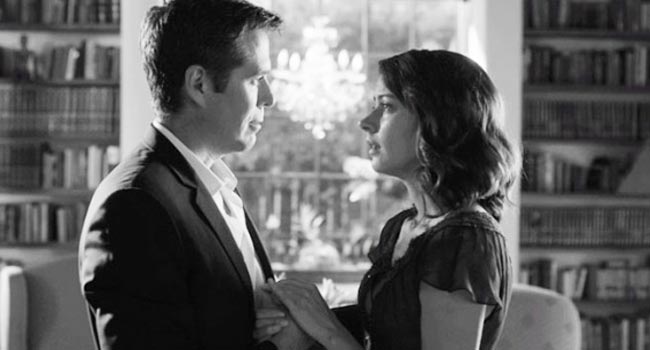
The others players are all here. The evil Don John (Sean Maher), a prisoner of his brother, Leonato (Clark Gregg), still schemes his evil schemes along with his partner-in-crime, Conrade (a sultry-corrupt, heavy-lidded Rikik Lindhome, from the comedy duo Garfunkel and Oates). Fran Kranz plays the gallant but shy Claudio, who loves Leonato's daughter Hero (a fetching Jillian Morgese). Reed Diamond plays Don Pedro, Claudio's friend who woos Hero on his behalf while masked. Nathan Fillion and Tom Lenk are very funny indeed as the bumbling, clueless policemen, Dogbody and Verges.
Of course Beatrice and Benedick love each other. We can see it right away. Watching them figure it out is a great pleasure. (Cynics fall the hardest.) Of course, their friends will have to trick them into seeing the love that is already there.

And as always, the story ends with plans to marry: Hero and Claudio, Beatrice and Benedick. Like that eternal scene on the side of Keats's Grecian urn, Shakespeare's happy, happy lovers will forever dance. In fact, Whedon has set Shakespeare's own fanfare to music, using it as a backdrop to an evening party by the pool. It's a song that perhaps sums up his worldview:
"Then sigh not so, but let them go,
And be you blithe and bonny,
Converting all your sounds of woe
Into hey nonny, nonny."
Rating: ****
Key to ratings:
***** (essential viewing)
**** (excellent)
*** (worth a look)
** (forgettable)
* (rubbish!!)
--July 7, 2013
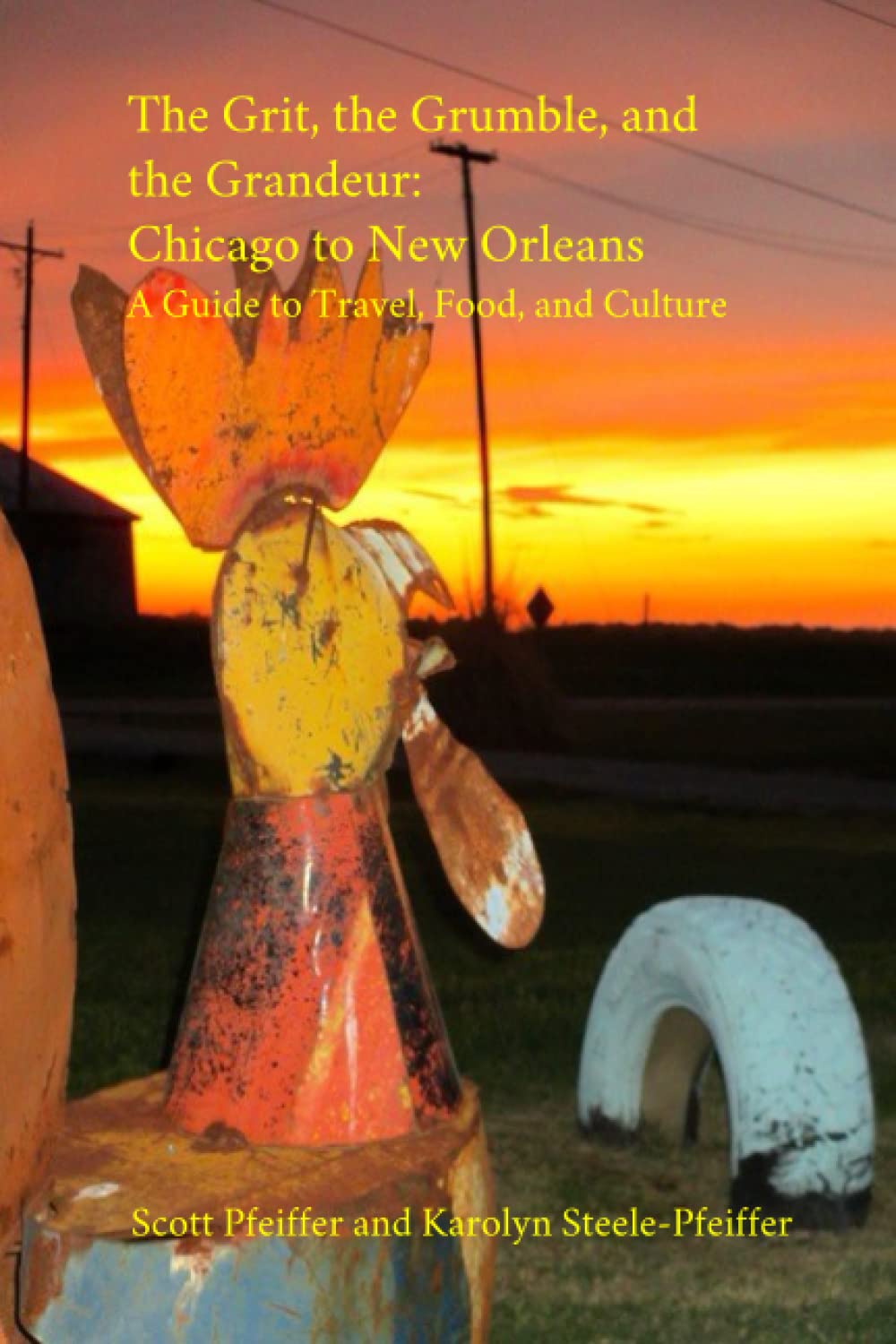

 Scott Pfeiffer
Scott Pfeiffer